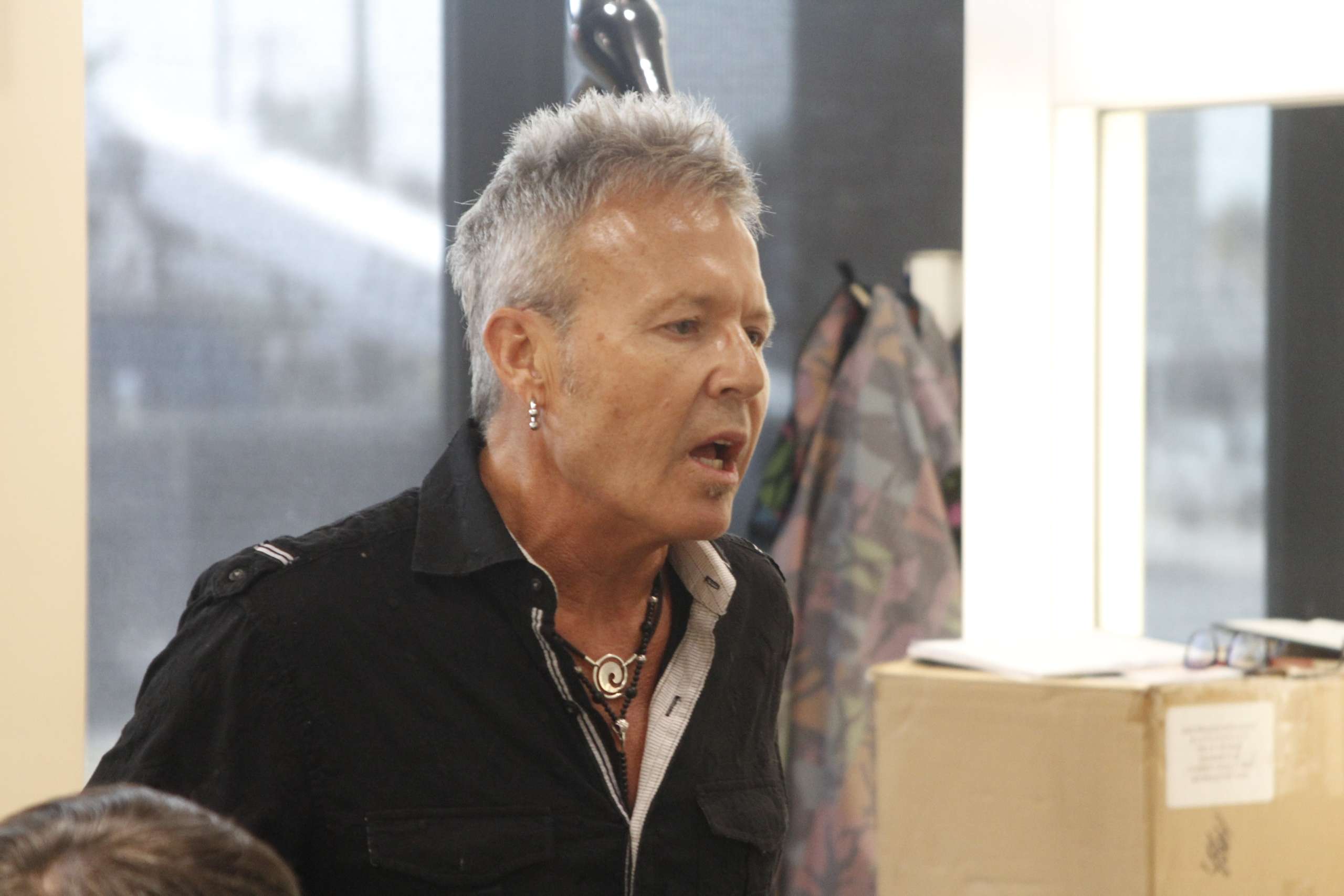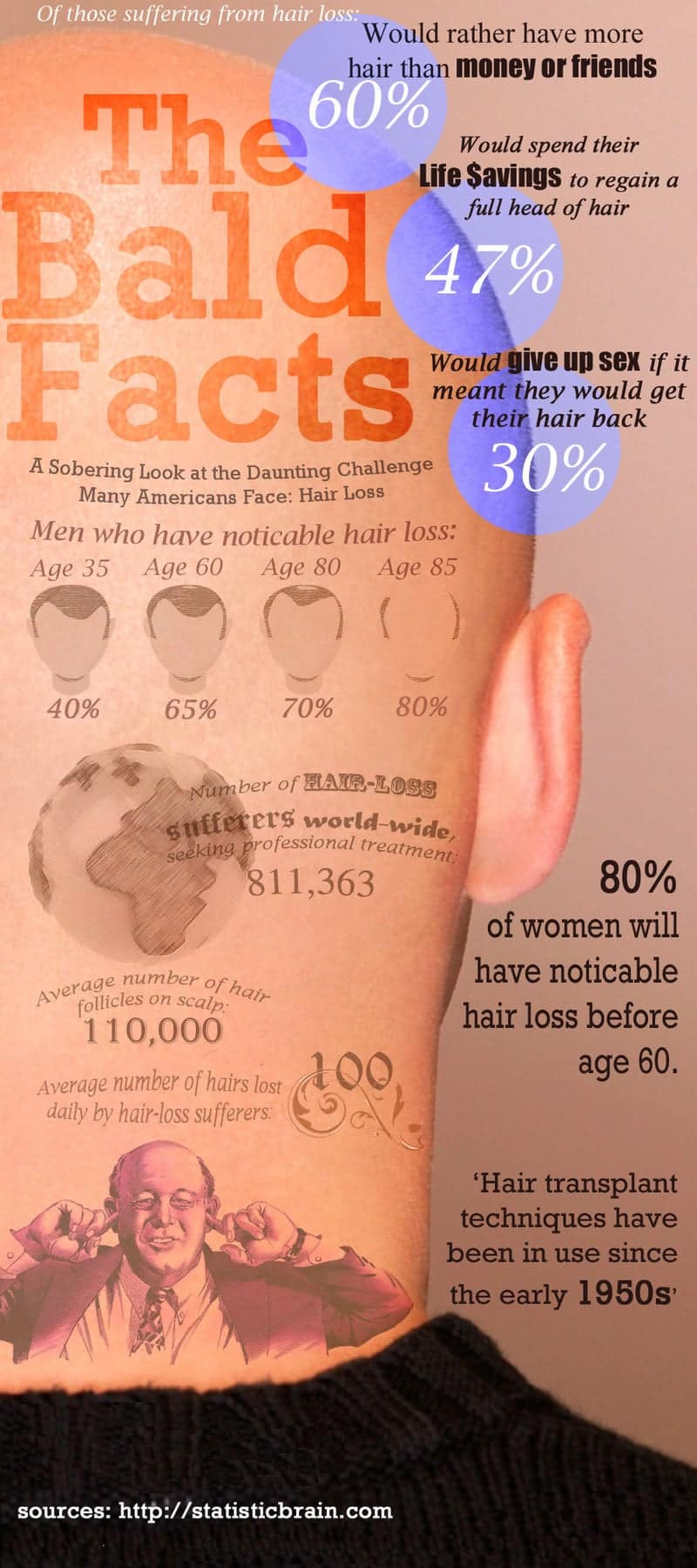Dr. Tim R. Love, MD briefly explains FUE vs FUT donor sites. Hair transplant donors don’t have hair to waste, see the results from one of Dr. Tim R. Love, MD’s patients in the video above. Click here to learn more about hair transplants in OKC.
Archives
Dr. Tim R. Love, MD briefly explains FUE vs FUT donor sites. Hair transplant donors don’t have hair to waste, see the results from one of Dr. Tim R. Love, MD’s patients in the video above. Click here to learn more about hair transplants in OKC.

It’s not easy talking about hair loss, it can be embarrassing and overwhelming.
Many people respond with: “Why is this happening and what am I supposed to do about it?”
To combat this problem, Dr. Tim Love and Steve Schardein teamed up to educate their clients and employees on how to deal with hair loss.
Schardein operates one of the largest and most popular full-service salons in Oklahoma City, Schardein’s. Dr. Tim R. Love, MD, an award-winning plastic surgeon, is one of Schardein’s clients. A conversation between the two led to an idea.

“Tim’s a client and we discussed the confusion many people have when they experience hair loss,” Schardein said in a recent interview at his 6,700-square foot salon located in northern Oklahoma City on May Avenue. “We deal with people who are suffering from hair loss – we cut their hair. We want to help them.”
Love and Schardein worked together to formulate a training program for Schardein’s stylists. Dr. Tim R. Love, MD met with they stylists to explain the hair transplant procedure and methods for talking about hair loss. Both Dr. Tim R. Love, MD and Schardein have undergone hair transplant surgery, so they know what to expect and what impact it has on a patient’s life.
“I’m living proof,” Dr. Tim R. Love, MD said in a video interview shortly after his procedure.
“It’s the best thing I ever did,” Schardein said, “my hair looks great and I feel great about it. I’m in the fashion business, I have to look good.”
But these two professionals were interested in more than just results – they were also committed to educating people about hair loss and providing the best possible customer service.
“It was interesting to see how Steve’s employees really soaked in the information and wanted to implement it with their clients who may have questions about hair loss – men and women,” Dr. Tim R. Love, MD said. “I was impressed at how Steve wanted to know as much as possible so he could help his clients. He also asked a lot of questions when he had his procedure.”
Dr. Tim R. Love, MD performs hair transplant surgery at his office at Hefner Pointe Drive and he believes strongly in the benefits of the procedure. He sees the positive reaction from his patients on a weekly basis. “You talk about people who have gratitude about what we do for them, it’s the hair treatment patient – male or female,” he said.
“The service I received from Dr. Tim R. Love, MD’s office was unbelievable,” said Schardein, who had his hair transplant a few years ago and has a healthy head of hair. “People are surprised that I had a transplant and when they find out they always tell me ‘Your hair looks amazing.’”
Thanks to their commitment to their clients, both Dr. Tim R. Love, MD and Schardein are making it easier for people to understand how a hair transplant can give them amazing hair.
Contact us to learn more about hair transplants and if it’s the right choice for you.

An infographic representing statistics on hair loss among men and women in the United States.


 Thinning and receding hair pleases no one – except perhaps Sir Patrick Stewart, who is definitely pulling it off. If, however, you are not the fabled actor, you’re probably wondering just what your options are when it comes to hair replacement. Luckily, transplant technology has come a long way in the past several decades. Clumsy hair plugs and older techniques have been replaced with automated technology and scientific breakthroughs that stand to revolutionize the world of hair transplantation.
Thinning and receding hair pleases no one – except perhaps Sir Patrick Stewart, who is definitely pulling it off. If, however, you are not the fabled actor, you’re probably wondering just what your options are when it comes to hair replacement. Luckily, transplant technology has come a long way in the past several decades. Clumsy hair plugs and older techniques have been replaced with automated technology and scientific breakthroughs that stand to revolutionize the world of hair transplantation.
Follicle Unit Transplantation
Commonly referred to as the strip procedure, follicular unit transportation (FUT) means that all the follicle units are harvested from a single strip along the middle of the donor area. This requires removal of an entire piece of scalp along the back of the patient’s head.
Originally, the hair harvested had a plug-like effect because it was re-implanted in relatively large chunks up to a few millimeters across. As technology has advanced, allowing surgeons to implant hair in smaller and smaller sections, the procedure has come to look more natural.
Follicle Unit Extraction
A newer procedure, follicle unit extraction (FUE) is much less invasive than FUT. Rather than cutting a strip of scalp away from the patient’s skull, surgeons use FUE to remove follicles directly from the scalp a few hairs at a time. FUE does have some disadvantages – most notably, a higher attrition rate of implanted hair. Because hair is partially removed from zones more prone to hair loss and because follicles are not as well protected during transplant, patients should expect to lose more hair after the procedure. Specialists use robotic technology to remove the hair.
Follicle Hair Cloning
As opposed to traditional hair relocation techniques, which simply move hair from one part of the patient’s scalp to another, hair cloning is the first transplant technology that promises to grow entirely new hair. Although it is still in its infancy, this technique involves taking samples from a patient’s head, multiplying the resulting hair cells in a lab culture, and then transplanting them back to the patient, explains Medical News Today. Once mainstream, this process will require far less of the patient’s actual hair, minimizing the invasiveness and healing time of the process, and maximizing comfort and discretion.
Minimizing Hair Loss
Before you go the surgery route, of course, it’s worth looking into the myriad noninvasive treatments available today. Silicone, for instance, is a great product for thinning hair. By coating hair in a layer of strengthening silicone (a fantastic, natural-feeling substance that leaves hair shiny and is also the main ingredient in popular “gummy bear” breast implants), you give your hair the best chance of withstanding breakage and remaining on your scalp.
Several pharmaceuticals that specifically address hair regrowth are also available, so you may want to look into them. While hair loss is unfortunate, technological advances mean that it’s not necessarily permanent – and that’s very good news.
Contact our office for a consultation if you’d like to discuss hair transplant options.

 Thinning and receding hair pleases no one – except perhaps Sir Patrick Stewart, who is definitely pulling it off. If, however, you are not the fabled actor, you’re probably wondering just what your options are when it comes to hair replacement. Luckily, transplant technology has come a long way in the past several decades. Clumsy hair plugs and older techniques have been replaced with automated technology and scientific breakthroughs that stand to revolutionize the world of hair transplantation.
Thinning and receding hair pleases no one – except perhaps Sir Patrick Stewart, who is definitely pulling it off. If, however, you are not the fabled actor, you’re probably wondering just what your options are when it comes to hair replacement. Luckily, transplant technology has come a long way in the past several decades. Clumsy hair plugs and older techniques have been replaced with automated technology and scientific breakthroughs that stand to revolutionize the world of hair transplantation.
Follicle Unit Transplantation
Commonly referred to as the strip procedure, follicular unit transportation (FUT) means that all the follicle units are harvested from a single strip along the middle of the donor area. This requires removal of an entire piece of scalp along the back of the patient’s head.
Originally, the hair harvested had a plug-like effect because it was re-implanted in relatively large chunks up to a few millimeters across. As technology has advanced, allowing surgeons to implant hair in smaller and smaller sections, the procedure has come to look more natural.
Follicle Unit Extraction
A newer procedure, follicle unit extraction (FUE) is much less invasive than FUT. Rather than cutting a strip of scalp away from the patient’s skull, surgeons use FUE to remove follicles directly from the scalp a few hairs at a time. FUE does have some disadvantages – most notably, a higher attrition rate of implanted hair. Because hair is partially removed from zones more prone to hair loss and because follicles are not as well protected during transplant, patients should expect to lose more hair after the procedure. Specialists use robotic technology to remove the hair.
Follicle Hair Cloning
As opposed to traditional hair relocation techniques, which simply move hair from one part of the patient’s scalp to another, hair cloning is the first transplant technology that promises to grow entirely new hair. Although it is still in its infancy, this technique involves taking samples from a patient’s head, multiplying the resulting hair cells in a lab culture, and then transplanting them back to the patient, explains Medical News Today. Once mainstream, this process will require far less of the patient’s actual hair, minimizing the invasiveness and healing time of the process, and maximizing comfort and discretion.
Minimizing Hair Loss
Before you go the surgery route, of course, it’s worth looking into the myriad noninvasive treatments available today. Silicone, for instance, is a great product for thinning hair. By coating hair in a layer of strengthening silicone (a fantastic, natural-feeling substance that leaves hair shiny and is also the main ingredient in popular “gummy bear” breast implants), you give your hair the best chance of withstanding breakage and remaining on your scalp.
Several pharmaceuticals that specifically address hair regrowth are also available, so you may want to look into them. While hair loss is unfortunate, technological advances mean that it’s not necessarily permanent – and that’s very good news.
Contact our office for a consultation if you’d like to discuss hair transplant options.
